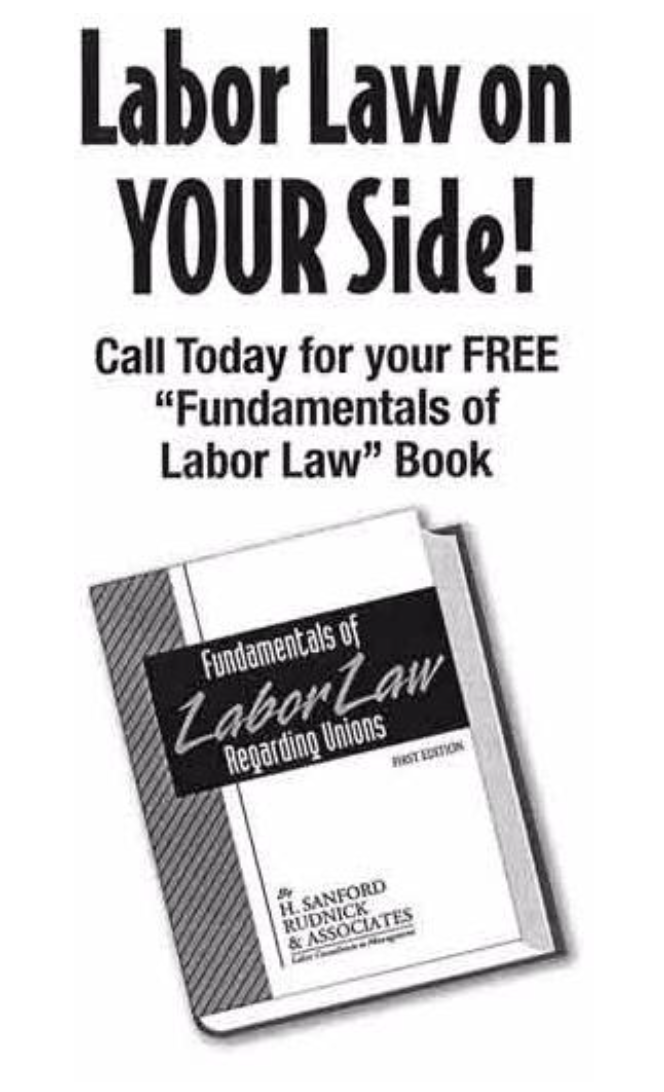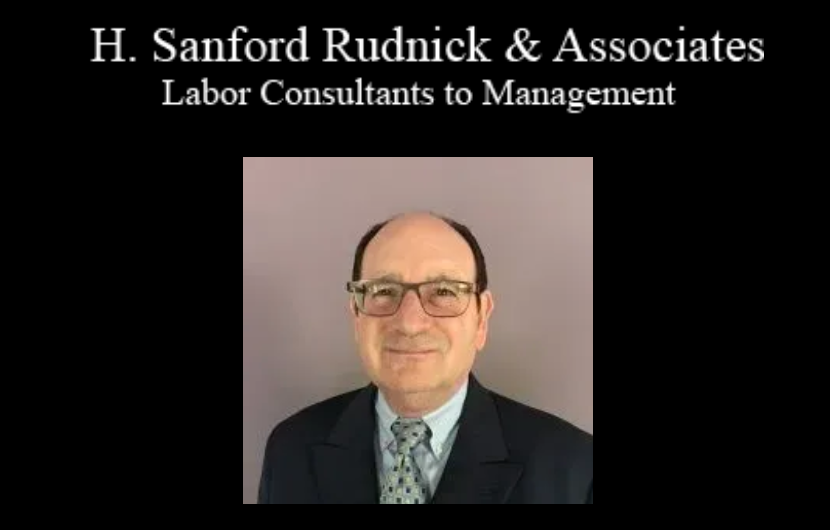WHEN IS IT LEGAL FOR THE FEDERAL GOVERNMENT, ICE or HLS, TO ARREST AN ILLEGAL IMMIGRANT
1.When is legal for the Federal Government by ICE or HLS to Arrest an illegal immigrant.
2.INTRODUCTION
The Department of Homeland Security (DHS), through Immigration and Customs Enforcement (ICE), lawfully apprehended the Respondent, an undocumented alien present in the United States without lawful status, based on probable cause that Respondent posed a threat to public safety and was removable under the Immigration and Nationality Act (INA). The Respondent has a documented history of criminal activity, including [e.g., felony conviction, gang affiliation, or violent conduct], making the arrest not only lawful but necessary to protect the community.
3.ARGUMENT
4. ICE Possesses Statutory Authority to Arrest Removable Aliens
4(A)Pursuant to 8 U.S.C. § 1357(a)(2), ICE officers are authorized to:
"...arrest any alien in the United States if the officer has reason to believe that the alien is in the United States in violation of any law or regulation and is likely to escape before a warrant can be obtained for his arrest."
The Respondent, an undocumented immigrant, is inadmissible under 8 U.S.C. § 1182(a)(6)(A)(i) and removable under 8 U.S.C. § 1227(a)(1)(B). These provisions clearly grant ICE the authority to detain and initiate removal proceedings.
4(B). The Arrest Was Based on Probable Cause and Respondent’s Criminal Conduct
Probable cause existed for the arrest, based on:
- Information that the Respondent lacked valid immigration documentation;
- A prior [e.g., felony conviction for assault, DUI, drug trafficking];
- Verified information from local law enforcement or a national database (NCIC, IDENT, etc.);
- Evidence of gang or cartel affiliation (if applicable).
In United States v. Olivares-Rangel, 458 F.3d 1104 (10th Cir. 2006), the court held that immigration arrests are lawful if supported by probable cause and executed under statutory authority. Here, ICE acted fully within legal limits.
4 (C). There Was No Constitutional Violation
ICE officers conducted the arrest in accordance with Fourth Amendment standards, including:
- No unreasonable search or seizure;
- No use of excessive force;
- Arrest conducted in a public place or pursuant to valid administrative warrant.
Under INS v. Lopez-Mendoza, 468 U.S. 1032 (1984), civil immigration enforcement actions do not trigger the same exclusionary rule protections as criminal proceedings unless there is egregious conduct—which is not alleged or evidenced here. 11
4 (D). Public Safety Justifies Detention Pending Proceedings
Under 8 U.S.C. § 1226(c), ICE is required to detain certain categories of aliens, including those convicted of crimes involving moral turpitude, controlled substances, or crimes of violence. The Respondent falls within these categories.
Given the Respondent’s background, their continued presence in the community poses an unacceptable risk, justifying detention without bond pending resolution of removal proceedings.
5.CONCLUSION
The arrest and detention of the Respondent were entirely lawful under federal immigration law and constitutional principles. ICE officers acted within their legal authority and in the interest of public safety.
6.If an Employer has any issues regarding the arrest of one of your employees since they were an illegal immigrant which might violate the NLRB Act as well, or any other labor relations issue at the NLRB, please contact Sanford Rudnick JD At 1-800-326-3046 sandy@rudnickpro.com or www.Theunionexpert.com
Fundamentals of Labor Law
Sanford Rudnick has written a book called Fundamentals of Labor Law which helps Employers practice at the NLRB. He has used this book for over 40 years.
Sanford Rudnick has gotten this book into many law schools around the country such as Harvard and USC Law School.
Also, Sanford Rudnick has gotten other books on Resolution of Conflict into the Library of Congress and many other libraries around the world.
The major problem in any election or an unfair labor practice charge, is how to resolve conflict between management and your employees. In fact, according to the NLRB there is an 16% increase in unfair labor practices charges being filed by employees or unions in 2023.
Sanford Rudnick uses these principles in these books to win elections and to resolve charge at the NLRB. Call H. Sanford
Rudnick & Associates to purchase these books at
1-800-326-3046.

IF YOU NEED ASSISTANCE IN CONDUCTING AN ELECTION MEETING, PLEASE CALL:
H. Sanford Rudnick JD: 1 800-326-3046

H. Sanford Rudnick & Associates is a full-service Labor Relations firm with 40 years of experience in negotiating union contracts, NLRB matters and all human resource matters. In fact, Mr. Rudnick has written a book called "Fundamentals of Labor Law Regarding Unions" which includes a summary on the National Labor Relations Board and Unions which is at Harvard Law School Library and other law schools around the country. Call to purchase your copy at for $29.95 800.326.3046.
We step in when your business demands your attention or when the unions or the laws or rules of the any of the following threaten the success or profitability of your business.
National Labor Relations Board (NLRB)
Equal Employment Opportunity Commission (EEOC)
Employee Motivation
Wage and Hour Surveys
Union elections
Collective bargaining
negotiations
Decertifications
The need for union avoidance
Always Here to Help!
If my firm, H. Sanford Rudnick & Associates, can be of assistance to you concerning an election,
an unfair labor practice, negotiations, your unfunded pension liability
or any other human resource matter, please contact me immediately to schedule a free telephone consultation.
Respectfully,
H. Sanford Rudnick, J.D.
Labor Consultant
800.326.3046
GET IN TOUCH!
H. Sanford Rudnick and Associates
300 South 4th Street, 6th Floor,
Las Vegas, NV 89101
1717 K St. NW S900J
Washington DC 20006
745 5th Ave. 8500
NY, NY 10151
1990 No. California Blvd. S830,
Walnut Creek, Ca 94596
Direct Line - 925-256-0660
Cell Phone - 925-352-7900
Sandy Rudnick

